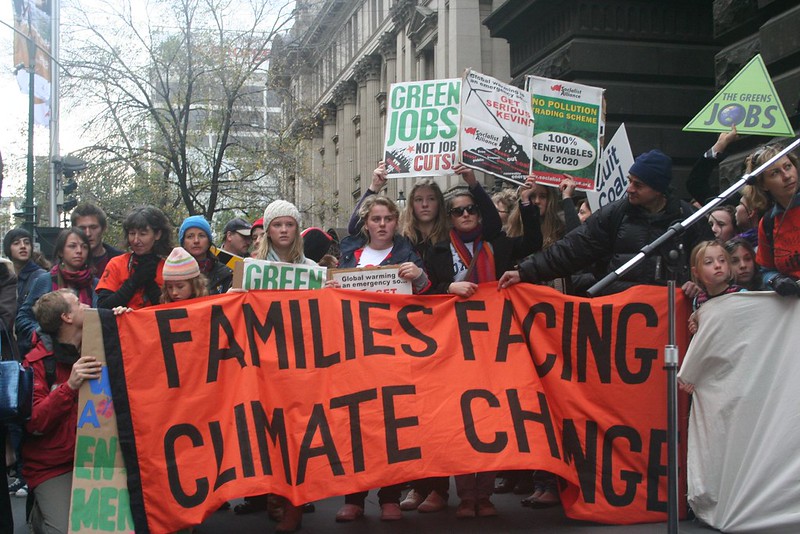COP27 Strike Landmark Deal, But Plans On Reducing Emissions Remain Unclear
November 27, 2022
Countries came to an agreement at the COP27 climate summit on Nov. 20 to provide a loss and damage fund for vulnerable countries damaged by climate disasters. While the breakthrough deal has been considered a success by climate justice advocates and victims of climate-fuelled catastrophe, many countries are worried that stronger commitments of the 1.5 C target established in the 2015 Paris Agreement weren’t made. Furthermore, attempts at tackling the largest source of carbon emissions were cut off after several nations dismissed a key proposal to phase out all fossil fuels. EU’s Climate Chief Frans Timmermans expressed his disappointment with the final outcome of the negotiation, commenting, “What we have in front of us is not enough of a step forward for people and planet … we should have done much more.”
Nevertheless, the agreement for the loss and damage deal is certainly a landmark achievement, for it is the first time that countries have agreed to provide a fund for poor nations disproportionately affected by climate disasters produced by wealthy nations. The fund is a huge win for climate activists, who organized protests that were a main part of the climate summits up until this year, when COP27 organizers in Egypt enforced strict limits on demonstrators entering the conference. However, details on who will pay for such demands, when the deal will become operational, and when it will be finalized all remain unclear. Climate experts also noted this uncertainty, but still celebrated the hard-earned years-long win after several rejections from rich nations to create a specific loss and damage fund.

1.5. The threshold of the number of degrees(℃) above pre-industrial levels global scientists have warned for decades the planet’s average temperature must not exceed. As the planet approaches this threshold at a dangerous rate, already climbing to a 1.1 degrees increase, scientists predict the risk of extreme wildfires, droughts, floods, and food shortages will skyrocket beyond 1.5 degrees. But much like the Glasgow summit last year, despite asserting the goal of maintaining the 1.5 C goal, the COP27 summit did little to stop the use of fossil fuels. In fact, no clear commitment to phase out fossil fuels was present within the negotiations, with only a fraction of the 200 parties updating their climate targets since the Glasgow summit. EU officials even threatened to walk out of the conference if more ambitious cuts were not to be mentioned. Timmermans commented on the lack of ambition on the 1.5 C goal, saying, “We do not want 1.5 Celsius to die here and today. That to us is completely unacceptable.”
Until next year’s Dubai summit, countries have some time to provide an answer to whether actual efforts will be made to cut down fossil fuel use and carbon emissions while also finalizing the breakthrough loss and damage deal to help countries cope with climate-fuelled damage. Undoubtedly, officials left Egypt unsatisfied with negotiation results, as much more in terms of overdue mitigation and phase-out of fossil fuels still needs to be done.




















































